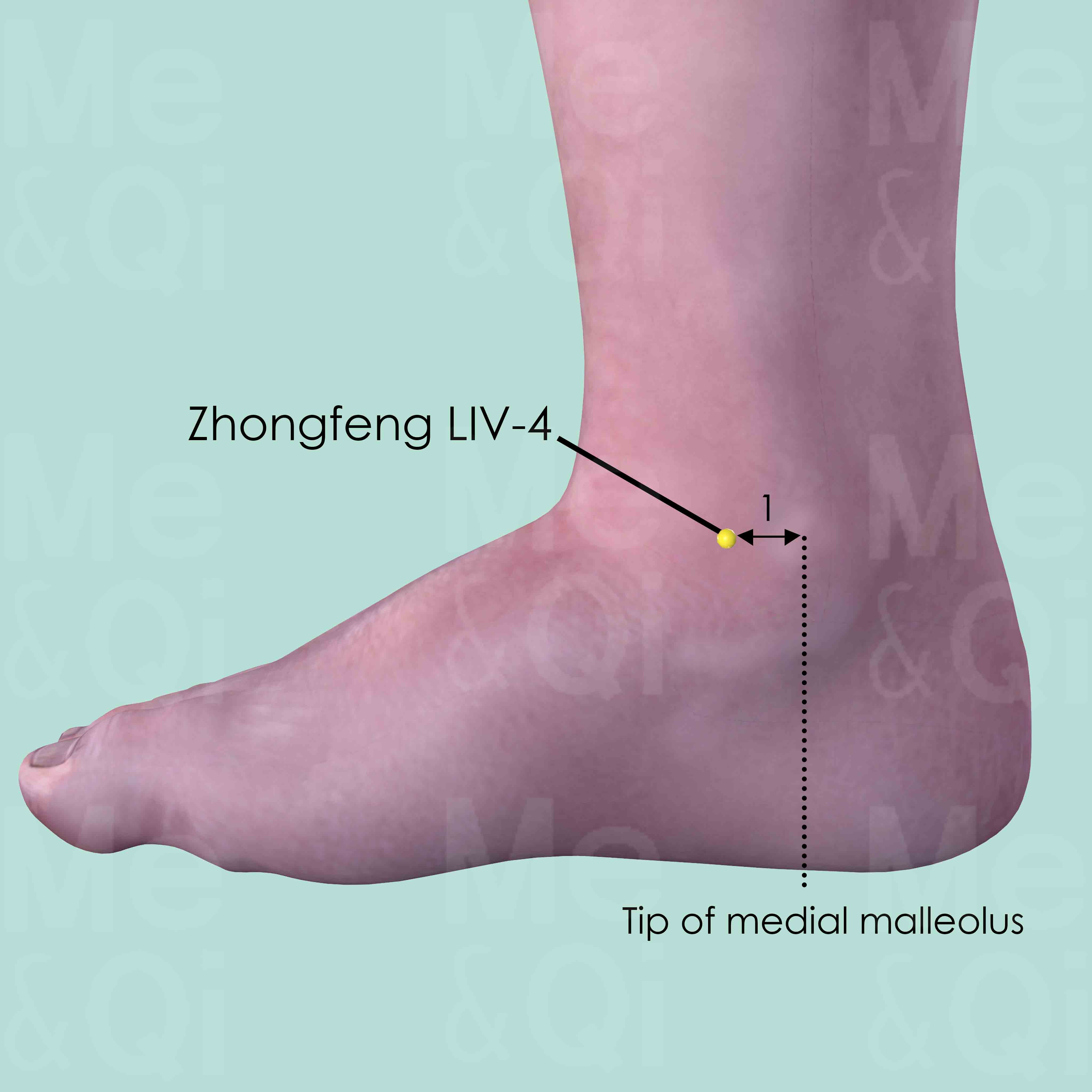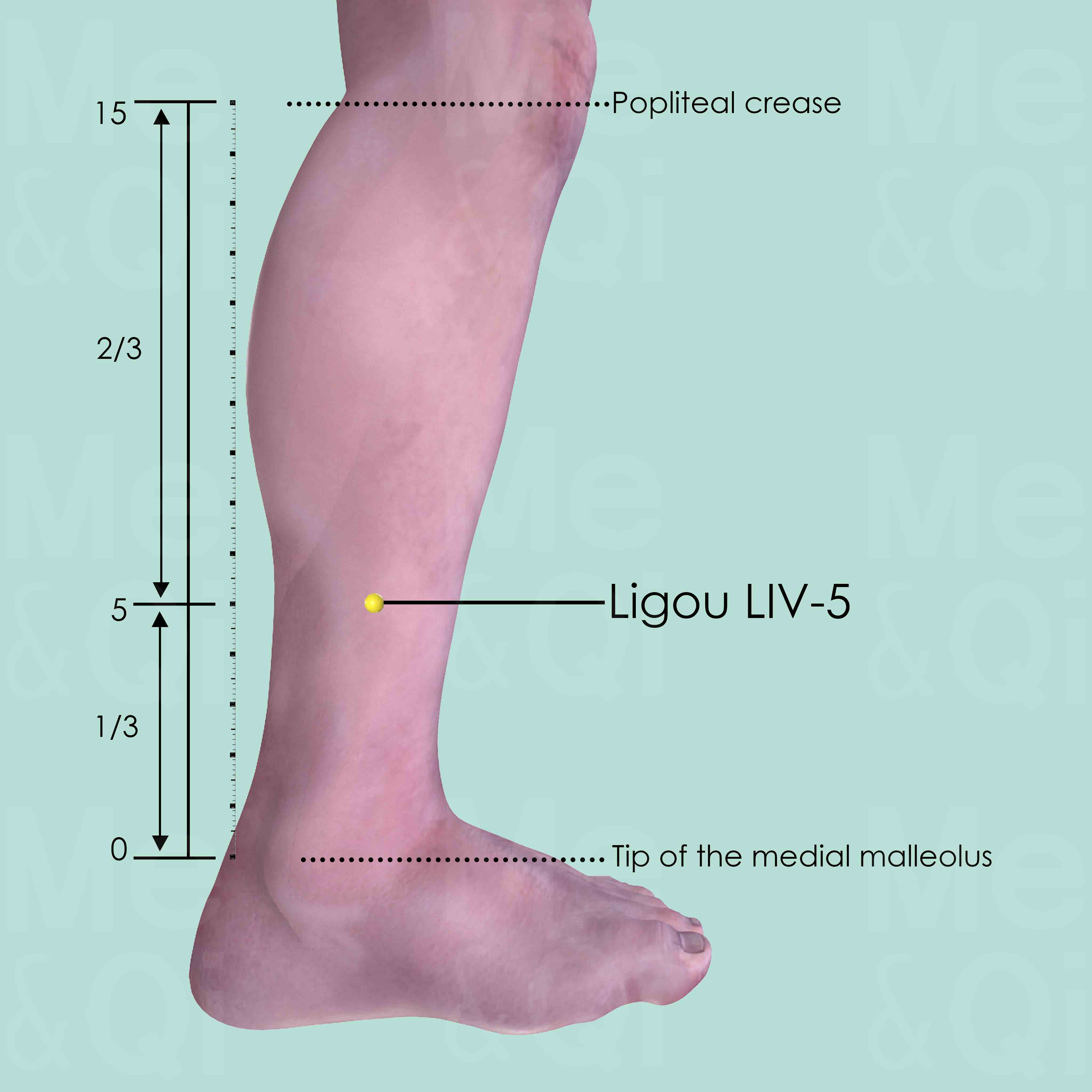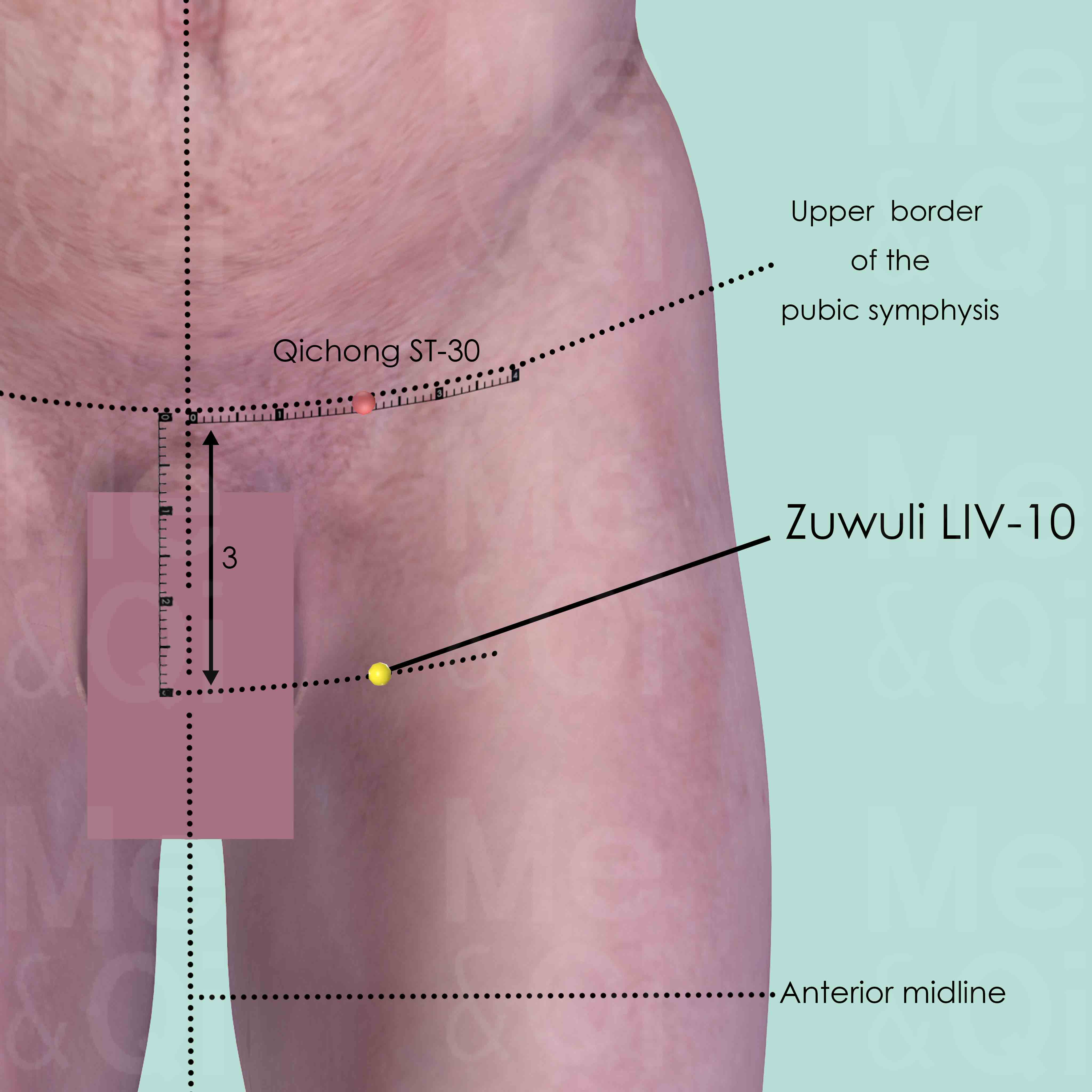Lower Abdominal Distensionaccording to TCM
Symptom family: Abdominal Distension and Fullness
Parent symptom: Abdominal Distention
Did you mean? Lower Abdominal Swelling Lower Abdominal Fullness
What is Lower Abdominal Distension?
Lower abdominal distension is a symptom characterized by an increase in the size or a feeling of bloating in the lower part of the abdomen. It can result from a variety of causes ranging from dietary habits to underlying medical conditions.
This condition can be both uncomfortable and concerning, as it often impacts daily activities and overall well-being. Identifying the root cause is crucial for effective management and relief of symptoms.
How does TCM view Lower Abdominal Distension?
From a Traditional Chinese Medicine (TCM) perspective, lower abdominal distension is often seen as a manifestation of imbalances within the body's energy systems, particularly involving the Liver, Spleen, and Kidney Channel
s. TCM attributes this condition to factors such as Blood Stagnation or Heat or Cold accumulation in the Lower Burner. Recognizing the specific underlying pattern of disharmony is essential for tailoring treatment strategies, which may include herbal remedies, acupuncture, and dietary adjustments.
Root Causes of Lower Abdominal Distension in TCM
In TCM, lower abdominal distension may be linked to Blood Stagnation in the Lower Burner caused by Cold, leading to symptoms like abdominal pain and irregular menstruation.
Another cause could be Greater Yang Accumulation of Blood, characterized by restlessness and lower abdominal fullness. Each of these conditions suggests a disruption in the flow of Qi and Blood, requiring targeted treatment to restore balance and alleviate symptoms.
Explore below more details about what might cause Lower abdominal distension according to TCM.
- By Syndrome
- By Organ
- Blood Stasis
- Cold
- Heat
- Bladder
Blood Stasis
Blood Stasis in TCM is a concept where the blood flow in the body is not as smooth or efficient as it should be. Imagine a river that's supposed to flow freely, but instead, it's getting blocked or moving too slowly in some parts. This can lead to various health issues, like pain that feels sharp or stabbing, dark bruises, and a complexion that looks purplish. TCM believes that good health relies on the smooth and vibrant flow of Qi and blood throughout the body, so when blood gets stuck, it's like a traffic jam in your body, leading to discomfort or health problems.... see more
Blood Stasis Patterns That Can Lead to Lower Abdominal Distension
| Pattern Name | Relevant Symptoms | Relevant Formulas |
|---|---|---|
| Blood Stagnation in the Lower Burner caused by Cold | Lower abdominal distension, Abdominal masses, Lower abdominal pain, Lower back pain, Abnormal uterine bleeding, Menstrual cramps, Dark menstrual clots... see more | Shao Fu Zhu Yu Tang |
Cold
In TCM "Cold" as a pattern of disharmony refers to a specific type of imbalance within the body's systems, often linked to a deficiency or weakness. It's not about feeling physically cold or having a common cold, but rather a metaphorical description of certain symptoms and underlying conditions. When a TCM practitioner says someone suffers from "Cold," it usually implies that the body's Yang energy, which is warm and active, is insufficient or overpowered by Yin energy, which is cool and passive. Symptoms of Cold in TCM can include a general feeling of coldness, cold limbs, pale complexion, low energy, slow metabolism, and a preference for warmth. ... see more
Cold Patterns That Can Lead to Lower Abdominal Distension
| Pattern Name | Relevant Symptoms | Relevant Formulas |
|---|---|---|
| Blood Stagnation in the Lower Burner caused by Cold | Lower abdominal distension, Abdominal masses, Lower abdominal pain, Lower back pain, Abnormal uterine bleeding, Menstrual cramps, Dark menstrual clots... see more | Shao Fu Zhu Yu Tang |
Heat
In TCM "Heat" signifies an excess of Yang energy, leading to an imbalance where heat predominates over the body's cool Yin aspects. This condition is metaphorically akin to an internal over-heating. Symptoms indicative of Heat can include feelings of warmth, fever, sweating, irritability, red face, thirst with a preference for cold drinks, and a rapid pulse. The tongue may appear red with a yellow coating. Unlike the common interpretation of heat in terms of temperature, in TCM, it represents a state of hyperactivity or inflammation in the body.... see more
Heat Patterns That Can Lead to Lower Abdominal Distension
| Pattern Name | Relevant Symptoms | Relevant Formulas |
|---|---|---|
| Greater Yang Accumulation of Blood | Hypogastric distention, Lower abdominal distension, Lower abdominal fullness, Hematuria, Restlessness | Tao He Cheng Qi Tang |
Bladder
In TCM the Bladder plays a crucial role beyond its basic function of storing and excreting urine. It is intimately connected with the Kidney system, helping to regulate the body's water balance and being a key component in the processing and elimination of fluids. The Bladder also influences the lower part of the body and the back. When it malfunctions or is imbalanced in TCM, it can lead to urinary issues like frequent urination, incontinence, or painful urination. Additionally, there may be problems related to its meridian pathway, such as lower back pain, stiffness, or weakness in the legs. The Bladder’s condition in TCM can also reflect emotional states, with imbalances potentially leading to feelings of fear or anxiety.... see more
Bladder Patterns That Can Lead to Lower Abdominal Distension
| Pattern Name | Relevant Symptoms | Relevant Formulas |
|---|---|---|
| Greater Yang Accumulation of Blood | Hypogastric distention, Lower abdominal distension, Lower abdominal fullness, Hematuria, Restlessness | Tao He Cheng Qi Tang |
TCM Herbal Formulas for Lower Abdominal Distension
To address lower abdominal distension, TCM practitioners might recommend formulas like Shao Fu Zhu Yu Tang for Blood Stasis, which works to invigorate Blood and dispel Stagnation.
For conditions arising from Heat, Tao He Cheng Qi Tang can be used to clear Heat and invigorate the Blood. These formulas, containing potent herbs like Szechuan Lovage Roots and Peach Kernels, are selected based on the individual's specific pattern of imbalance, highlighting TCM's personalized approach to treatment.
Explore below some TCM herbal formulas used to address lower abdominal distension, organized by cause and by formula type.
- By Cause
- By Formula Type
- Blood Stasis
- Cold
- Heat
- Formulas that invigorate blood and dispel blood stagnation
Top Formula for Blood Stasis:
Shao Fu Zhu Yu Tang
Suitable for Blood Stasis patterns that may cause lower abdominal distension, such as Blood Stagnation in the Lower Burner caused by Cold
Learn moreTop Formula for Cold:
Shao Fu Zhu Yu Tang
Suitable for Cold patterns that may cause lower abdominal distension, such as Blood Stagnation in the Lower Burner caused by Cold
Learn moreTop Formula for Heat:
Tao He Cheng Qi Tang
Suitable for Heat patterns that may cause lower abdominal distension, such as Greater Yang Accumulation of Blood
Learn moreFormulas that invigorate Blood and dispel Blood Stagnation
These formulas are suitable for some lower abdominal distension-causing patterns like Blood Stagnation in the Lower Burner caused by Cold.
One such formula is Shao Fu Zhu Yu Tang, with szechuan lovage root as a key herb.
Other formulas of this category are listed in the table below.
All "formulas that invigorate blood and dispel blood stagnation" recommended for lower abdominal distension
| Formula | Patterns Suitable For (if applicable) |
|---|---|
| Shao Fu Zhu Yu Tang | Blood Stagnation in the Lower Burner caused by Cold |
| Tao He Cheng Qi Tang | Greater Yang Accumulation of Blood |
Acupoints for Lower Abdominal Distension
Acupuncture is another cornerstone of TCM treatment for lower abdominal distension. Points such as Zuwuli LIV-10 and Ligou LIV-5 on the Liver Channel can be stimulated to clear Damp-Heat and invigorate Liver Qi, addressing the underlying causes of distension.
Additionally, points like Xialian LI-8 on the Large Intestine Channel can regulate the intestines and clear Heat, further alleviating symptoms. These targeted interventions underscore TCM's holistic approach, aiming not only to relieve discomfort but also to restore the body's natural balance.
Explore below some acupoints used to address lower abdominal distension, organized by meridian.
- By Meridian
- Liver Channel
- Large Intestine Channel

Zhongfeng LIV-4
1 cun anterior to the tip of medial malleolus, in the depression on the medial side of the tendon of the tibialis anterior.

Ligou LIV-5
5 cun above the tip of the medial malleolus, on the medial aspect and posterior to the medial crest of the tibia.

Zuwuli LIV-10
3 cun inferior to Qichong ST-30 which is on the upper border of the symphysis and 2 cun lateral to the anterior midline. The point is also on the lateral border of adductor longus muscle.

Xialian LI-8
When a fist is made, with the ulnar side downward and elbow flexed, the point is 4 cun distal to Quchi LI-11 of the line joining Yangxi LI-5 and Quchi LI-11.
